Power supply evolution needed, brave manufacturers apply within!
Power supplies…
The most base component of a computer that is required to make it run. No power, no beep, no fun!
Not the sexiest component, but I’d ague that it is one, if not *the*, most important components in a computer build. If it is flaky, or of poor quality, then you will introduce instability into your computer by way of line noise, ripple, under or over volt… poor quality power supplies will ruin your enjoyment of your PC, or at the very worst it could hurt your beloved components and shorten their life span. Not good.
So, all that said about the importance of power supplies, we come to the meat of my blog. Form factor. PC builder design is generational. Every couple of years we step forward in how we build our PC’s, either by new techniques, strategies, or component arrangement. Case companies watch the modding community as a form of “distributed Research and Development”. They watch the trends and then start manufacturing solutions around what they think the market is wanting. If you want cold, hard proof of this, look at the Coolermaster Mastercase series, or Silverstone, or DeepCool, or… you get the idea. Case manufacturers have to push the envelope to maintain their mindshare with builders that will either turn their cases into highly published works of art, thereby making others want to by the product… or a well reviewed case that gets publication and press by virtue of other builders giving it high marks. Physically speaking, cases have evolved exponentially in the last 5 years to accommodate the computer enthusiast scene.
So have Motherboards, so have video cards, so have air CPU coolers, water cooling and fans… all of these have made extraordinary leaps in both functionality, performance and aesthetics, to maintain mind and market share.
But Power supplies… they have remained basically unchanged. LED fans in power supplies, Semi-modular and fully modular offerings, and flat cables. Some offer USB integration to report on efficiency and consumption. All good and valid evolutions to the platform. Platform efficiency and build quality have become major differentiators as buyers are getting smarter about quality PSU’s. But here is the rub… they all still *look” the same. Square/rectangular boxes with a fan blowing across the innards, creating one way air pressure that exhausts out the back of the case. . Wall plug and switch on the “back” of the power supply, and the useable (24 pin/4 pin/SATA/4-8 pin CPU/6-8 pin PCI-e) power cables on the opposite end from the wall input, which then puts all of the power cables inside the internal component area of the chassis. *THIS*…. this is what bugs me. We have evolved as builders. We don’t want that cascading waterfall of cables inside the case. So what to we do? We loose 3-5 inches of precious power cabling length, bending them 90 degrees to direct them back behind the motherboard tray, in the back area of the case. We then spend hours wrangling these cables to get them *juuuuust* right. We direct them through the rubber grommets and pass them out so that they are only seen when connecting to the components. In other words… we are evolved to the point where the cases now have granted us enough space behind the tray, on the back side of the case, that we can organize our cables. This is the standard. The norm of enthusiast building. But power supplies have remained in the same ATX build configuration of having the cables extend out the opposite end of the PSU from the wall input. Forcing us, the builder to accommodate the old spec in a modern building style.
What can be done??
Simplest answer hit me tonight like a bolt from the sky. Propose a new revision to the build spec. ATX12v+90, or something like that. What does that mean? It means, that the power supply you are buying has been rotated left, 90 degrees, so that your exit cables are no longer dumping into your chassis center, but are instead exiting the power supply to the left, and immediately into the back of your chassis, WHERE YOU ARE GOING TO ROUTE THEM ANYWAY!
Rotating the cable location like this solves many problems.
- You gain back the cable loss that plagues you when you bend them out of the way and redirect to the back. This gives you anywhere from 3-5 inches of cable back (estimated).
- Plugging in the modular cables becomes *much* easier, as the ports are exposed to you by removing the back panel.
- Cable management becomes easier. You are not dealing with a bundle/wad of cables all trying to come in the same rubber grommet space. You have a rectangular space that has either been provided by your case manufacturer, or your dremmel (we are modders here, right?) This will give you infinitely more flexibility to your cables.
- The manufacturers freshen up their product lines and evolve their stagnant physical form factor, and it gives them something new, and exciting to push.
- Enthusiast builders and modders rejoice in the fact that they no longer have to waste cabling simply to hide it.
You do realize that many of the case manufacturers that are releasing cable shrouds, are having to do so *because* of this very problem that we, as modders and builders, have had to put up with? They are responding to the things that we have routinely made a part of our builds to hide the ass end of our power supplies. So why does it even have to be out there to begin with? Put it on the left side of the PSU.
OR
Make the PSU configurable with a side wall on a 90 degree daughter board that would allow you to put the modular cable ports on either side, depending on install orientation of the PSU. Options… to remove a limiting, stale and old form factor from our build processes, and evolve the power supply into an aesthetic option, instead of something that we have to cover up.
For my CoolerMaster build for their 2017 modding contest, I am going to have to do this. I’ve not seen or heard of anyone doing this. I’m not “going crazy” on how I am going to do this. I will have to pull the switch and the input molex on the Power supply, and move them to the normal back location, after I spin my power supply 90 degrees, or if I have space, maybe I’ll use a 90 degree cable to attach the PSU, and make the 90 degree like an extension cord. We’ll see. But this noodling that I was doing inspired this thought path, and I felt the need to get this blog written and out there.
Power supply manufacturers, You have made amazing strides in the realm of efficiency, and have figured out that we needed modular cabling. Now were are ready for the next evolution… are you listening?
-=Tech-Daddy=-
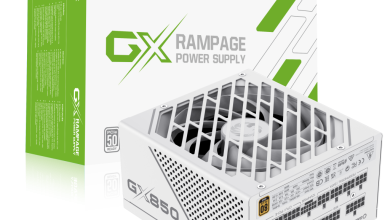
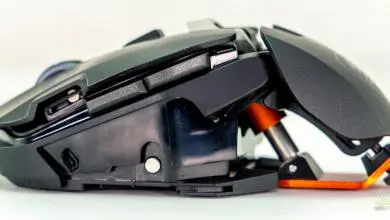
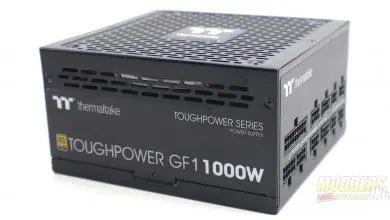
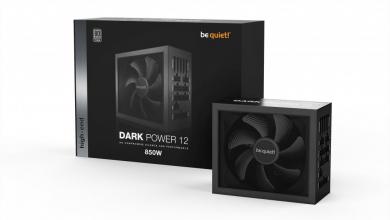
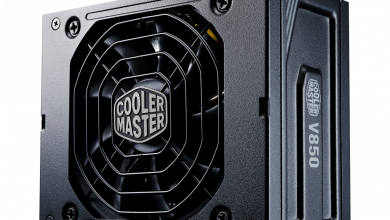
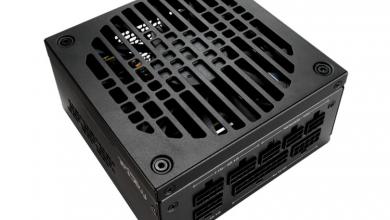

Interesting proposal, but a PSU can be installed in different positions in the case:
-over the mobo, fan facing down,
-under the mobo, fan facing up or down,
-vertically (esp. for very narrow mini-ITX cases)…
There’s no way of guaranteeing that cables protruding won’t hit the wall.
By the way, I’ve got a very revolutionary idea: why not use just 12VDC (and standby power + PS ON for mobo)? Of course it’d be incompatible with whatever hardware there is, but may be sensible in the long run. There’s no problem adding local voltage regulators in each component, and voltage drops along cables shouldn’t be such a problem either.
But what about slim chassis with less room behind the motherboard tray? I like this idea if PSUs can be made thinner than the original 14-15cm width. this would be a good idea on that case, but otherwise it will create many compatibility issues, also this means that many cases will need to be redesigned and put into the market to specially fit these PSUs and many manufacturers would not want to do this. it is like creating a whole new motherboard layout which requires a huge change in other products in the industry too.
How are you going to actively cool a PSU configured like this? Doesn’t make sense to me.
A fanless unit, sure. But I don’t want to stick an 80mm fan on a PSU just so there’s airflow, which would be the only active cooling solution given your proposal.
the cooling orientation will remain the same. 120mm or 140mm fan blowing on to the internal components. it is simply where the exit cable will be. If you put a PSU on a table, with the fan facing down from you, and the cables on the far end away from you, the fan would stay in the same place. The exiting computer cables would go out the left side panel.
OR
If there is enough space to rotate the entire power supply 90 degrees, and have the power input supplied by an extension cable or something like that.
And the manufacturers changing their computer cases… they already do that from year to year. We, the enthusiast segment, would likely mod our computer cases for compatibility initially, until the manufacturers caught up.
It would be nothing new for the modding community.
There are many problems with the idea, as have been brought up. Most troubling is orientation. Two potential arrangements (fan up/Fan down), and sideways… the current “cables out the back” at least put the power in a predictable location. But for a larger segment of the builders out there using a traditional mount method in normal cases, the “side throw” would be of extraordinary benefit.
Jon – To your point, if the PSU changes the wall where the cables dump into the case, and moves that to the side, the backing mesh for exhausting heat would still be in play. PSU would still have 2 solid side walls, and a port plate, with the mesh still facing the outside, and a fan creating the pressure to exhaust the heat.
Now, with regards to my power supply in the CM contest… yes, I need to accommodate for the back exhaust of the power supply, because by physically rotating it, I have put the exhaust end inside the case… which is not ideal! ;) I will have to over come that, but air is easy to redirect, given enough space to handle the volume passed. Cable redirection is what I am aiming to accomplish. We’ll see how it goes!